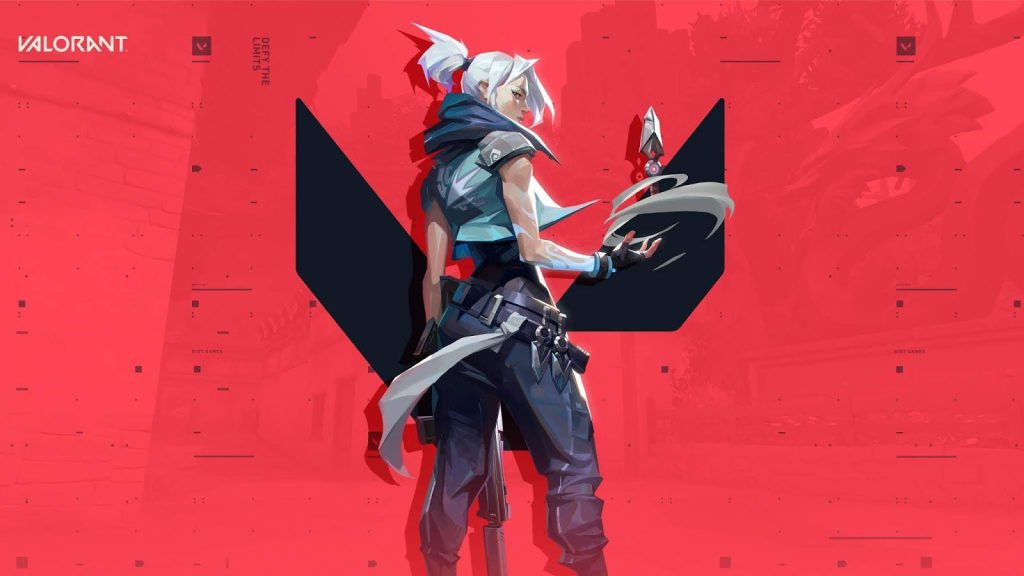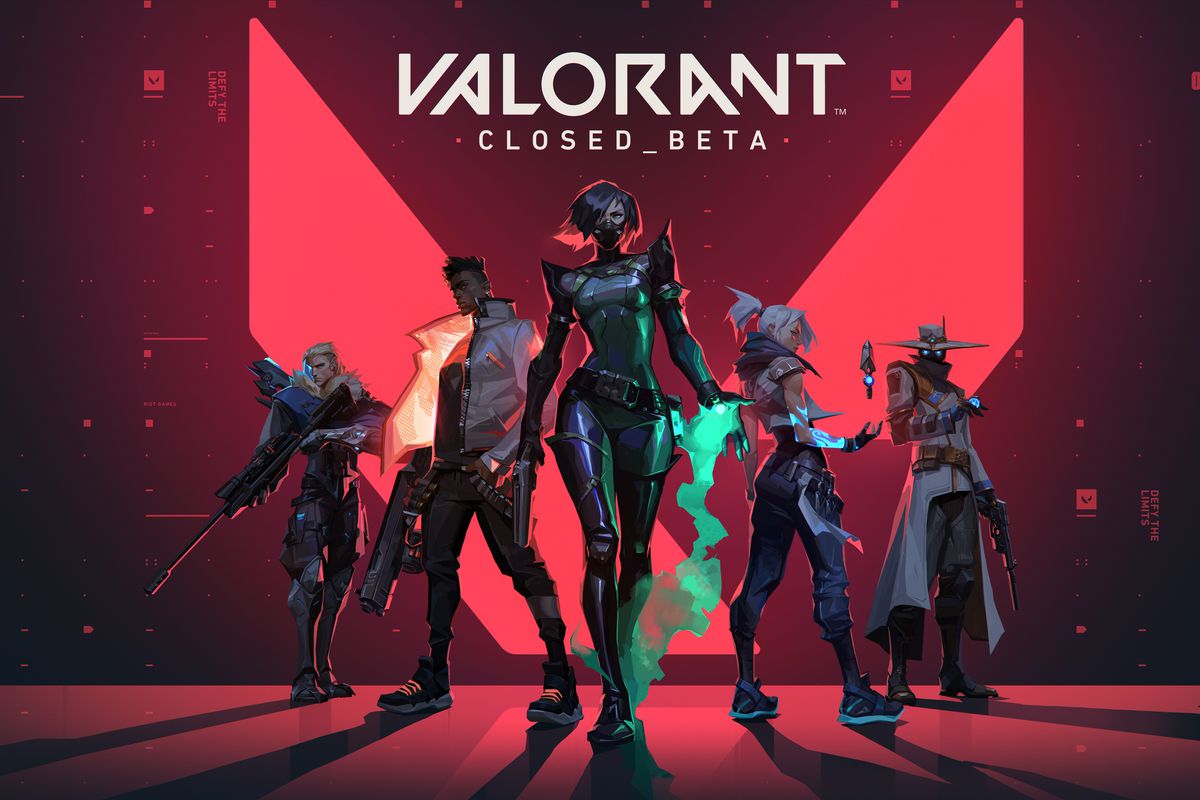History of Valorant Graphics
By TroublesomeTrout8905
The growth of online gaming has exploded during the last few years, with many FPS games gaining popularity during lockdown. These include Apex Legends, Halo Infinite, Back 4 Blood, and of course, Valorant. With a good 64% of gamers aged 16-24 playing FPS games, it’s one of the most popular genres. As FPS gaming grows in popularity, more advanced games are developed with increased quality of gameplay, graphics, and overall lovability.

One of the many games that came to light in the past few years is Valorant, beta released on June 2 2020, by Riot Games. It’s a fast-paced, strategic FPS game that draws tens of millions of active players in just one month. Valorant is set in a near-future world where a global event called the “First Light” occurred. The event exposed an ore that granted certain people superpower-like abilities. These people, labelled Radiants, become the agents seen in the game employed by the Valorant Protocol. Despite many negative views people have for the game that are caused by notoriously toxic communities, Valorant is a very well-made game that offers extensive lore and good gameplay that gets you hooked.
The game started development in 2014 and has come extremely far from what it was then. Graphics in games is an integral part of how popular and playable they are. As we see in some early footage from Valorant, its graphics were very basic, with mostly monotone colouring of maps with some texture, as well as the characters being significantly different to today. Many of the agents had different designs and abilities, such as Killjoy. Today, KJ is a German scientist who has cultivated the ore Radianite to create sentinel robots and powerful grenade-like weapons. However, in the early stages of Valorant, Killjoy was designed as a robot with an ability that appeared to be a blade that was placed on the ground to spin at high speeds. As well as abilities being different, the guns that were shown in the footage differed slightly to todays.
While Valorant still resembles the early concepts for the game, it has taken many years for Riot to settle on how the game looks and feels. Between start of development in 2014 and beta release in 2020, the game has had many changes, including its name. Riot Games released more footage of alpha versions showing that they tested many models, map styles, and fundamental game features. It appears that 2016, 2017, and 2018 were spent testing these aspects of the game before polishing and finalising it somewhere between 2018 and 2020. Originally, Riot would have named the game Project A before deciding to go with Valorant, as they released a trailer for the game under the name Project A. The trailer consisted of information about the game as well as gameplay, this shows us what Valorant looked like just before release.
Although this was close to being the final design of the game, Riot still changed some things before beta, such as visual effects and the HUD. HUD, or Heads Up Display, is a vital part of a first-person shooter, allowing the player to know what is happening in-game faster and better than anything else. Modern Valorant’s HUD differs from early beta slightly like the agents icons at the top of the screen, in older footage the icons are more cartoonish 2d images whereas today they have a smoother art style with headshots that are sleeker and better looking. Another different visual aspect is when you get a kill, in the footage it shows an icon at the bottom of the screen that has a vertical bar as well as saying “Headshot”, as you got more kills you would get another vertical bar on the icon until you had 3, symbolising a triple kill. Riot went on to make a more artistic design for the icon, showing a styled skull or cross, these icons vary in stye depending what gun skin you have.
Designed by Ryan “Morello” Scott as well as many other designers, are the agents we know and love, but these characters weren’t always how they are now. In the alpha versions of Valorant, many of the agents like Killjoy, Jett, and Reyna were created much differently to how they look today. There’s also a lot of concept art for agents that didn’t make the final cut. It’s interesting to think what Valorant might have been today if the early concepts were kept in, maybe the agents would have gone in different directions: sporting different themes and weapons.
Graphics in FPS games vary massively, with some being cartoonish and sleeker, and others being grittier and more realistic. Valorant falls closer to the former, however it has much sharper designs and visuals than games like Overwatch 2. Overall Valorant’s Graphics are good enough to compare to many other popular games, even if it’s basically just a more cartoonish CS:GO. As you would expect from a game that was in development for 7 years, Valorant has had many changes to its gameplay and designs, while still leaving plenty of room to grow and expand.
Valorant is a sci-fi near future FPS shooter that largely resembles CS:GO in terms of objective. Beta releasing in 2020, it has gained millions of players and created a large fanbase. While some consider Valorant players overly toxic, the general community is against toxicity and Riot has put in place measures to deal with toxic players. The graphics in Valorant have evolved much over the years, and today the landscape and gameplay are instantly recognisable and iconic. Valorant is a well-made game to display this style of designs.

Lovely Article, Well done! It’s lovely to see someone who plays Valorant who not only isn’t mentally insane, but also someone who see’s all the pros and cons about the game. I too am looking forward to the future of Valorant’s graphic’s, and I look forward to the next articles you will publish.